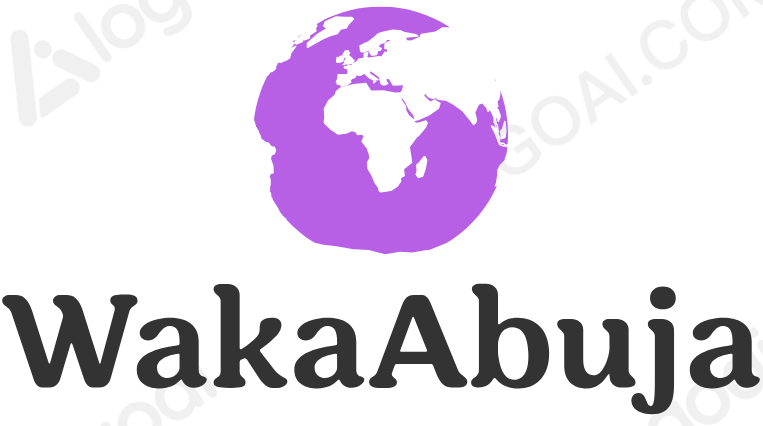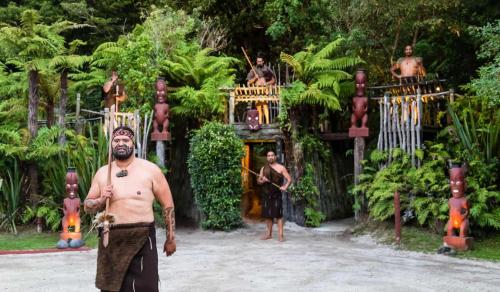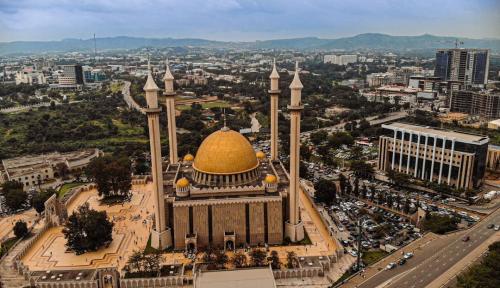Seeing New Zealand’s Mori Culture: A Guide to Tourists Who Want to Learn More.
New Zealand is the land of spectacular landscapes and vibrant cities, including the bustling capital city, Auckland, which has a very rich and fascinating cultural heritage, generally influenced by the Native Mori population. Those who are seeking to better understand the spirit of the land of Aotearoa (the Maori name for New Zealand) should take the time to get to know the culture of the Maori people. As a result of their distinct language and traditions, their extensive arts, and the fact that they are deeply connected with nature, Māori culture offers a deep, immersive experience that can leave you not only with memories but with a profound respect for the country’s first inhabitants.
The following guide will take you through all you need to know in regards to Mori culture in New Zealand, such as the history and significance of Mori traditions, as well as tips on how to engage respectfully with this beautiful culture while you are traveling.
Key Takeaways for Travelers
- Māori culture is central to New Zealand’s identity and offers a deep, meaningful experience for travelers interested in history, spirituality, and the arts.
- Must-visit destinations for Māori cultural experiences include Te Papa Museum in Wellington, Rotorua, and the Waitangi Treaty Grounds.
- Engaging with Māori culture should be done with respect, observing local customs and etiquette.
- Experience traditional Māori performances, haka, waiata, and participate in local ceremonies like the pōwhiri.
What is Māori culture, and what does it mean for me?
Among the oldest continuous cultures in the world, Maori culture is one of the oldest cultures in existence, with its origins dating back over 1,000 years ago, when the first Polynesians arrived in New Zealand to settle. The Māori people, also known as the tangata whenua (people of the land), make up an integral part of the nation’s identity and heritage. Their cultural practices, language, and connection to the land all play a significant role in shaping everything from their arts and social structures to their everyday lives.
The Māori worldview is deeply rooted in the natural world. Known as whakapapa, this philosophy acknowledges the interconnection between all things, including people, animals, plants, and the land. Mana is a concept that is fundamental to the life of a Mori and it represents both earned and inherited power, authority, and respect of ones own people.
Te Reo Mori is a Maori language spoken on the island of New Zealand
A cornerstone of Māori culture is the language, Te Reo Māori. Though English is the dominant language in New Zealand today, Te Reo is experiencing a renaissance, with efforts to revitalize and preserve it through schools, the media, and local initiatives.
Traveling through New Zealand, you’ll hear Te Reo in place names, greetings, and cultural ceremonies. It’s important to recognize its significance and use common greetings to show respect. Here are a few phrases to get you started.
Haere Mai! (Welcome!)
Tēnā koe (Hello, to one person)
Aroha mai (Sorry)
Ka kite anō (See you again)
Te Reo Māori is not just a language—it’s a way of seeing and understanding the world, and speaking it can provide deeper access to the culture’s heart.
Māori Art: Tattoos, Carvings, and Paintings
Māori art is filled with intricate patterns and designs that tell stories of heritage, spirituality, and tribal affiliation and that are as diverse as the culture itself. One of the most striking forms of Māori art is the ta moko tattoo, which is one of the oldest forms of tattooing. In addition to being decorative, these tattoos also hold deep meanings and represent things such as ancestry, social status, and a person’s journey in life.
Whakairo, or Māori carvings, are also an important part of the culture. In places of cultural significance, like marae (Mori meeting grounds), meeting houses, and waka (canoes), you’ll be able to find beautiful carvings. A lot of these carvings depict ancestral figures, gods, and creatures, and are meant to preserve the history of the Mori people through their visual representations of their past.
The Haka and Waiata are traditional performances performed by Mori people
There is no trip to New Zealand that is complete without witnessing the haka, a powerful, ancestral dance that is performed in order to express the power of strength, unity, and defiance. Originally performed by Māori warriors before battle, the haka has evolved into a cultural performance that is now showcased at ceremonies, celebrations, and sporting events around the world as a celebration of their culture. As a symbol of the warrior spirit of the Maoris, the All Blacks, New Zealand’s national rugby team, perform the haka before every match, symbolizing the spirit of the Mori warriors.
In addition to the haka (a traditional dance), waiata (songs) are also a vital part of the Māori culture. In these songs, emotions, stories, and historical events are expressed in a way that has been passed down from generation to generation. It is a must-do experience for anyone seeking to experience an authentic cultural experience in New Zealand to attend a haka or waiata performance.
Māori Spirituality and Customs
Māori spirituality is grounded in the belief that the natural world is sacred. Tapu (sacredness) and noa (ordinary) are key concepts that influence everyday life. For example, some places, objects, or people are considered tapu and must be treated with respect and care.
When visiting Māori cultural sites, such as marae or sacred mountains, there are specific customs to follow. The pōwhiri (welcome ceremony) is one of the most important customs to observe. It’s a formal welcome ritual that includes speeches, songs, and the haka, and is meant to acknowledge the visitors and invite them into the space. This is a powerful demonstration of Māori hospitality and spiritual beliefs.
Experiencing Māori Culture First-Hand as a Traveler
Where to Learn About Māori Culture
New Zealand is full of places where you can engage with Māori culture in an authentic and respectful manner. Here are some of the top locations to visit:
Te Papa Museum (Wellington)
Te Papa is New Zealand’s national museum and one of the best places to learn about Māori history and culture. The museum houses extensive Māori exhibits, including the Te Marae (Māori meeting place) and Ko Tātou, an interactive exhibit about Māori life today. Te Papa also offers guided tours and cultural performances, where you can learn directly from Māori guides about their customs, language, and traditions.
- Admission: Free (for general admission); special exhibitions may have a fee.
- Opening Hours: Daily 10:00 AM – 6:00 PM
- Rating: 4.8/5 (Google Reviews)
Rotorua: The Heart of Māori Culture
Rotorua, located in the North Island, is one of the best places to immerse yourself in Māori culture. The region is home to several marae and geothermal wonders, offering a unique opportunity to experience Māori traditions in a natural setting. Take part in a hangi (traditional earth-cooked feast) and attend a haka performance at one of the local marae, such as the Tamaki Māori Village.
- Admission: Hangi and cultural experience tours start at NZD 100.
- Opening Hours: Varies by provider; check specific tours.
- Rating: 4.9/5 (Google Reviews)
Waitangi Treaty Grounds (Bay of Islands)
The Waitangi Treaty Grounds in the Bay of Islands are another essential stop for understanding New Zealand’s Māori heritage. The site commemorates the signing of the Treaty of Waitangi in 1840, which was an agreement between Māori chiefs and the British Crown. Visitors can explore the treaty grounds, visit the Te Kōngahu Museum of Waitangi, and watch Māori cultural performances.
- Admission: NZD 25 for adults, NZD 10 for children.
- Opening Hours: 9:00 AM – 5:00 PM daily.
- Rating: 4.7/5 (Google Reviews)
Cultural Etiquette and Respect
When visiting Māori cultural sites, it’s crucial to observe proper etiquette. Respect for the culture and its customs goes a long way in ensuring a positive experience. Here are some tips for being a respectful visitor:
- Observe the pōwhiri ceremony: If you’re invited to a Māori marae, be sure to participate in the pōwhiri ceremony respectfully. This is an essential part of Māori hospitality, and as a visitor, you’re expected to observe silence during speeches and songs.
- Don’t touch sacred objects: Many Māori artifacts and carvings are considered tapu and should not be touched.
- Be mindful of the haka: While it’s exciting to watch, it’s important to understand that the haka is a deeply spiritual and ceremonial dance. Treat it with respect and avoid mimicking it without understanding its cultural significance.
- Ask for permission before taking photos: In some sacred areas, photography may be prohibited.
Frequently Asked Questions (FAQs)
What is the best way to experience Māori culture in New Zealand?
The best way to experience Māori culture is by visiting culturally significant sites such as Rotorua, Te Papa Museum, and the Waitangi Treaty Grounds. You can also attend cultural performances like the haka and waiata, and participate in traditional ceremonies such as the pōwhiri.
Can I visit a Māori marae as a tourist?
Yes, many marae (Māori meeting grounds) open their doors to visitors, offering guided tours and cultural experiences. Just be sure to follow the proper etiquette and respect the local customs.
What is a hangi?
A hangi is a traditional Māori meal cooked in an earth oven. It typically includes meats, vegetables, and root crops, all slow-cooked for hours. Many cultural tours in Rotorua offer a hangi feast as part of their experience.
How can I learn Te Reo Māori?
If you’re interested in learning Te Reo Māori, many resources are available online and through language schools in New Zealand. You can also learn some basic phrases through apps like Duolingo and Māori language initiatives like Kura Reo.
There is a rich, diverse, and enchanting culture associated with Maori people in New Zealand. The best way to make your trip to this beautiful country even more meaningful is to respect its customs, learn about its history, and engage with its people. The traditions of the Mori people are rich in history, and while they are in the process of changing and preserving their culture we take the time to admire! You will be able to experience some of the world’s most lush, scenic spots.







